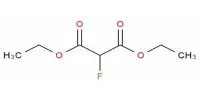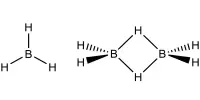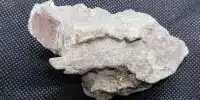Cadmium phosphide (Cd3P2) is an inorganic chemical compound. It is an inorganic chemical compound. It is a grayish-blue solid semiconductor material with a bandgap of 0.5 eV. It can be used as a pesticide, a material for laser diodes, and in high-power-high-frequency electronics.
Properties
It has a white-bluish or grey appearance and functions as a semiconductor material with a bandgap of 0.5 eV. This compound is used in the manufacture of pesticides, laser diode components, and high-frequency and high-power electronic goods.
- Chemical formula: Cd3P2
- Molar mass: 399.178 g/mol
- Appearance: bluish white or gray
- Density: 5.96 g/cm3
- Melting point: 700°C (1,292 °F; 973 K)
- Electron mobility: 1500 cm2/Vs
- Crystal structure: Tetragonal
Synthesis and reactions
This compound is formed by the reaction of cadmium and phosphorus. This compound does not require any special environments to be created. This compound is crystalline in nature and exists in tetragonal form at room temperature.
To put it simply, phosphide is a binary phosphorus compound. It contains an electropositive element or group of elements. Cadmium phosphide can be synthesized by reacting cadmium with phosphorus:
6 Cd + P4 → 2 Cd3P2
Phosphides can be prepared in various ways, one of which is by heating any metal of stoichiometric amount with red phosphorous at high temperatures in a chemically inactive or inert environment.
Structure
Cd3P2 has a room-temperature tetragonal form.
Cadmium phosphide has a crystalline structure that is very similar to zinc phosphide (Zn3P2), cadmium arsenide (Cd3As2), and zinc arsenide (Zn3As2). The compounds of the Zn-Cd-P-As quaternary system exhibit full continuous solid-solution.
Risks to one’s health
Cadmium phosphide is a major cause of cadmium poisoning. This compound is dangerous to human health because it is extremely poisonous if swallowed. The reaction of gastric acids with this compound produces phosphine gas, which is lethal to humans. This compound is also carcinogenic in nature, making it more dangerous to humans.















